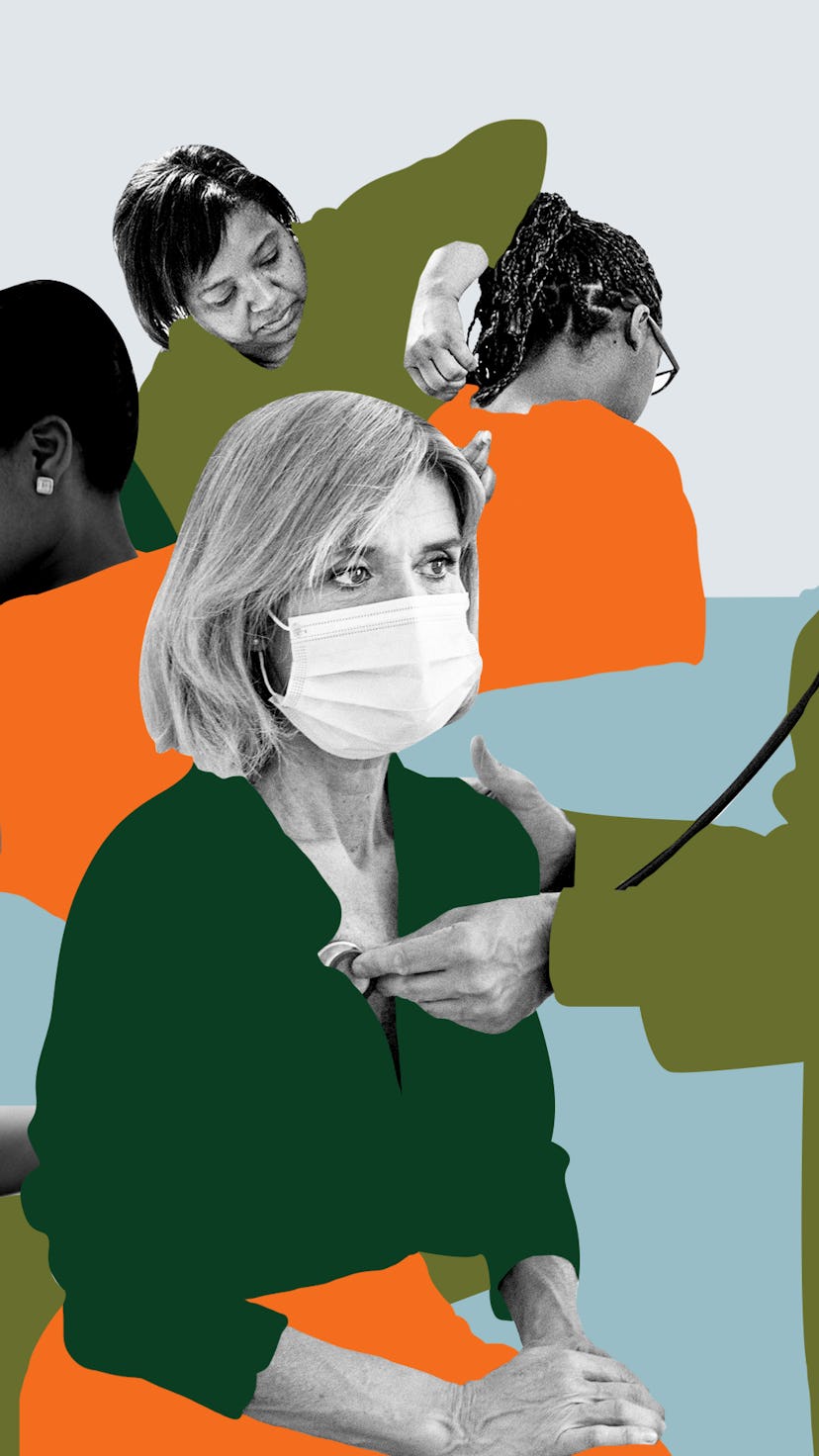Healthcare

11 Brutal Stats That Illuminate The Health Care Gap
Some things are still not created equal.
BonninStudio/Stocksy
“Health disparities exist for a constellation of reasons, including but not limited to health care access, education, historically shaped ideologies, socioeconomic status, and inherent biases from health care providers,” says Dr. Melissa Charles, M.D., a clinical research scientist.
Borislav Zhuykov/Stocksy
Narrowing the health equity gap across the country, she says, then requires “addressing social determinants of health and systemic racial inequity.” Following are 11 statistics that illustrate the health equity gap and show the consequences of these inequities in our health care system.
More than 2.2 million women of childbearing age in the U.S. live where there is no hospital or birth center. These areas, called maternity care deserts, are often urban areas with higher poverty rates. Another 4.8 million women live in counties with limited to no access to prenatal care.
'Nowhere to Go: Maternity Care Deserts Across the U.S.' / March of Dimes
Saptak Gangulv/Stocksy
American Indian/Alaska Native and Black women are two to three times more likely to die during childbirth or from pregnancy-related causes than white women. Of the approximately 700 maternal deaths that occur each year, about 60% are due to preventable causes.
While the survival rate for ovarian cancer has improved for white women over the decades, the prognosis has gotten worse for Black women. Experts say Black and Hispanic women, in particular, do not receive the recommended medical treatments for this deadly reproductive cancer.
Simone Wave/Stocksy
Every hour, two infants in the U.S. die. In total, about 21,000 infants die each year, and they’re twice as likely to be Black babies than white. What’s more, a startling new study suggests that Black babies are more likely to survive when cared for by Black doctors.
Black women are twice as likely as white women to experience severe complications of pregnancy or injury during childbirth. These incidences — extreme blood loss, life-threatening infection, cardiac arrest, and aneurysm, to name a few — are considered near misses.
This article is the result of a Romper & March of Dimes (MOD) collaboration. Watch Closing The Health Equity Gap, an illuminating panel conversation with President Stacey D. Stewart, part of MOD’s It Starts With Mom Live series. Romper is proud to be the national media partner.